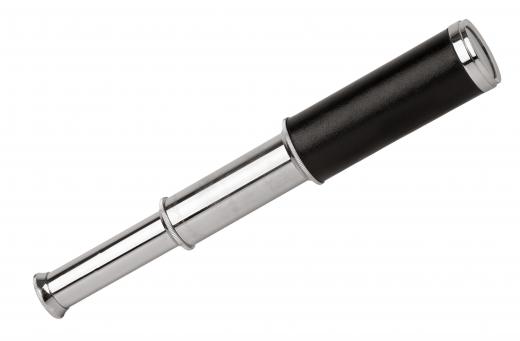Plating equipment includes all machinery and components used to coat plastic or metal objects. This equipment may be used in gold plating, electroplating, chrome finishing, or anodizing processes. The plating process is used to modify both the aesthetic and functional properties of an object. Plating equipment can be found in a wide variety of industries, including jewelry making, automotive, and manufacturing.
Barrels and tanks are widely used types of plating equipment. These barrels may be made of PVC, polyethylene, or even stainless steel in some types of applications. Companies place objects in these vessels to plate them in a single batch. These tanks can range from very small units used for jewelry and fasteners to very large models designed for plating automotive and machine parts. Plating vessels may also include open racks, where objects are laid out as they are coated with metals or minerals.

Depending on the type of plating process being used, plating equipment may also include the chemicals and additives used during plating. For example, electrolyte solutions are required for electroplating, while anodizing may require special chemicals like copper acetate. Other additives help to ensure an object will receive an even coating, or that the coating will take the desired finish and thickness. Stop-offs like lacquer and wax are used to protect areas that are not meant to receive any plating.

Certain types of plating procedures also require the use of electronic plating equipment and accessories. A power supply, or rectifier, is used to run a current through a vessel during electroplating or anodizing. Copper or steel rods act as electrodes, or cathodes, to help carry the current through an electrolyte solution. Meters and associated wiring are used to gauge the strength of a current and determine how much power is needed to complete the plating process.
The term plating equipment may also refer to highly-specialized machinery and assembly lines that help to automate the plating process. This type of plating equipment may incorporate belts and other transport systems that carry raw materials through a plating unit and beyond for drying and finishing. Commercial plating lines often include several types of plating equipment joined together to maximize capacity and meet production goals. Finally, turnkey plating systems incorporate all equipment needed to apply plating or coatings to a wide variety of materials from start to finish. They include pre-treatment devices, sorting, and plating mechanisms, drying ovens and even systems designed to sort and stock material for shipping.
